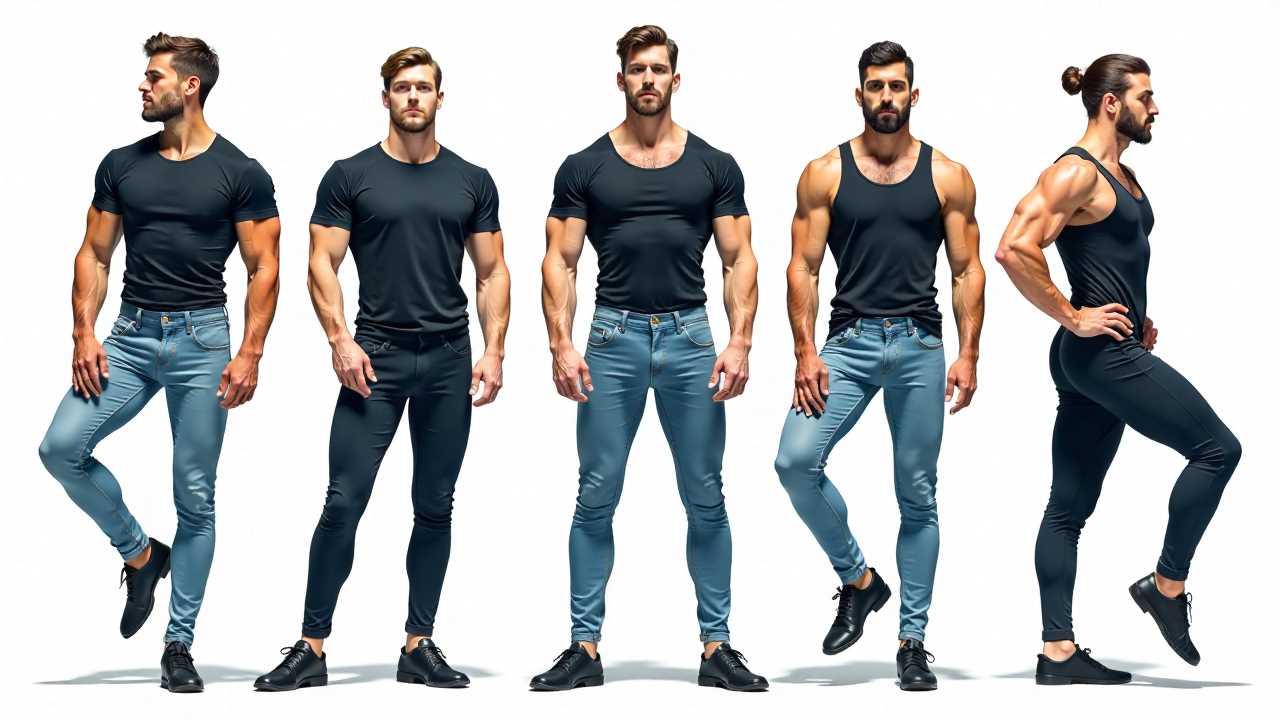
The Importance of Mobility for Circus Performers
Mobility is a fundamental aspect of performance in the circus arts. It encompasses a range of physical capabilities, including flexibility, agility, coordination, balance, endurance, and strength. Each of these components plays a vital role in the ability of circus performers to execute complex routines and stunts with grace and precision. By focusing on mobility training, performers can enhance their overall performance, reduce the risk of injury, and extend their careers in this demanding field.
Understanding Flexibility
Flexibility is the ability of muscles and joints to move through their full range of motion. This is particularly important for circus performers, who often need to contort their bodies into unusual shapes and positions. Regular stretching exercises can significantly improve flexibility, allowing performers to achieve more dramatic poses and movements. Incorporating dynamic stretching into a warm-up routine can prepare the body for the physical demands of performance, while static stretching post-performance can aid in recovery.
Agility: The Key to Quick Movements
Agility refers to the ability to move quickly and change direction with ease. For circus performers, agility is essential for executing fast-paced routines and responding to the unpredictable nature of live performances. Training that focuses on agility often includes drills that enhance foot speed, reaction time, and overall body control. Plyometric exercises, such as jump squats and lateral bounds, can be particularly effective in developing agility, enabling performers to navigate their routines with fluidity and speed.
Coordination: Synchronizing Body Movements
Coordination is the ability to use different parts of the body together smoothly and efficiently. This skill is crucial for circus performers, who must often synchronize their movements with those of fellow performers or with music. Coordination training can involve exercises that target hand-eye coordination, balance, and rhythm. Activities such as juggling, dance, and balance drills can help performers develop the necessary skills to execute complex routines seamlessly.
Balance: Maintaining Stability
Balance is the ability to maintain control of the body’s position, whether stationary or moving. For circus performers, balance is vital when performing on high wires, trapezes, or during acrobatic stunts. Balance training can include exercises that challenge stability, such as standing on one leg, using balance boards, or practicing yoga poses. These exercises not only improve balance but also enhance core strength, which is essential for overall stability during performances.
Endurance: Building Stamina for Long Performances
Endurance is the ability to sustain physical activity over an extended period. Circus performances can be physically demanding, often requiring sustained effort and energy. Building endurance through cardiovascular training, such as running, cycling, or swimming, can help performers maintain their energy levels throughout a show. Interval training, which alternates between high-intensity bursts and lower-intensity recovery periods, can also be beneficial in improving both aerobic and anaerobic endurance.
Strength: The Foundation of Performance
Strength is the ability of muscles to exert force. For circus performers, strength is essential for lifting, supporting, and controlling their bodies and those of their partners. Strength training should focus on both upper and lower body strength, as well as core stability. Exercises such as weightlifting, bodyweight exercises, and resistance training can help performers build the necessary strength to execute demanding routines safely and effectively.
Integrating Mobility Training into Your Routine
To achieve optimal mobility, circus performers should integrate a variety of training modalities into their routines. A well-rounded mobility training program should include components of flexibility, agility, coordination, balance, endurance, and strength. Here are some practical tips for incorporating mobility training:
1. Create a Structured Training Schedule: Dedicate specific days to focus on each component of mobility. For example, allocate days for flexibility and strength training, while incorporating agility and coordination drills into your warm-up routine.
2. Incorporate Cross-Training: Engage in different physical activities that complement circus training. Activities such as dance, martial arts, or gymnastics can enhance overall mobility and provide new challenges.
3. Prioritize Recovery: Recovery is an essential aspect of mobility training. Incorporate rest days and active recovery sessions, such as gentle stretching or yoga, to allow the body to heal and adapt.
4. Monitor Progress: Keep track of your mobility training progress by setting specific goals and regularly assessing your flexibility, strength, and endurance. This will help you stay motivated and make necessary adjustments to your training program.
5. Seek Professional Guidance: Consider working with a coach or trainer who specializes in mobility training for circus performers. They can provide personalized guidance and help you develop a program tailored to your specific needs and goals.
Mastering mobility is essential for circus performers who wish to excel in their craft. By focusing on flexibility, agility, coordination, balance, endurance, and strength, performers can enhance their abilities, reduce the risk of injury, and elevate their performances to new heights. Through a dedicated and structured approach to mobility training, circus artists can achieve the physical prowess required to captivate audiences and thrive in the dynamic world of circus performance.
 Mobility trainingHome Fitness RecoverySports Injury PreventionPersonal Physical TherapyOrthopedic SolutionsPrivacy PolicyTerms And Conditions
Mobility trainingHome Fitness RecoverySports Injury PreventionPersonal Physical TherapyOrthopedic SolutionsPrivacy PolicyTerms And Conditions
